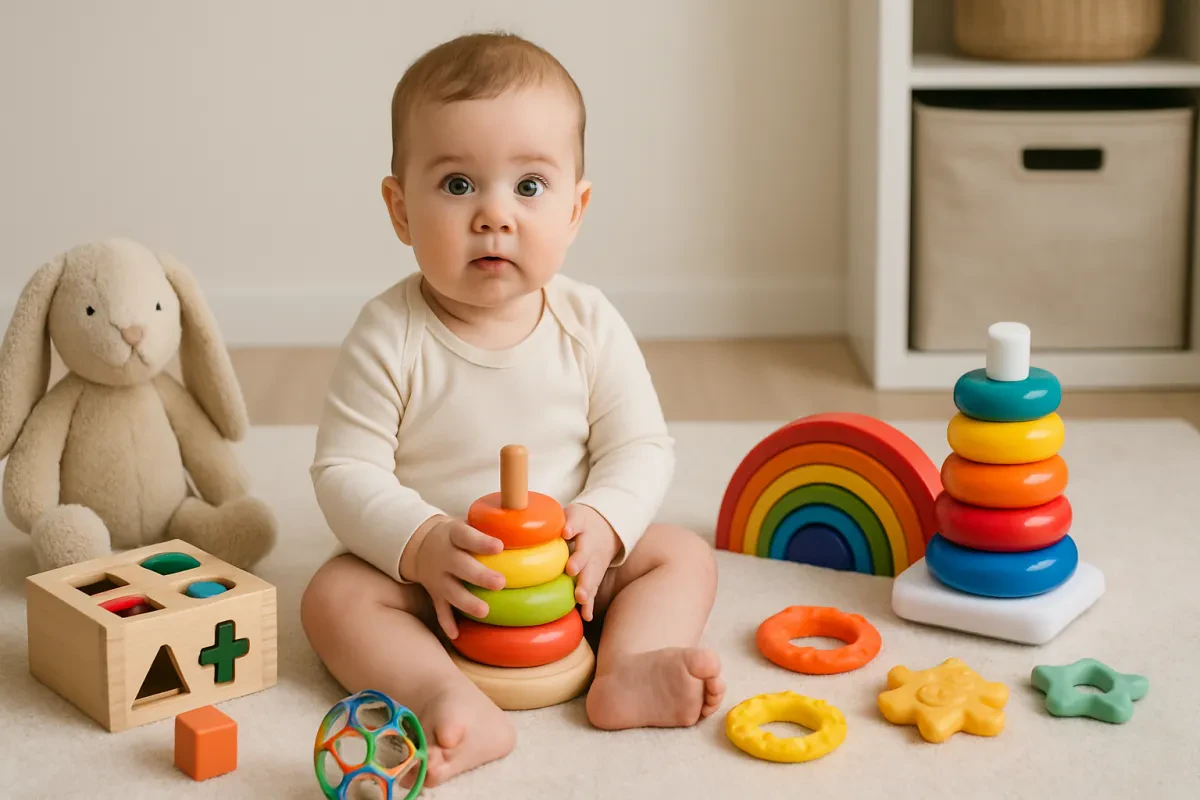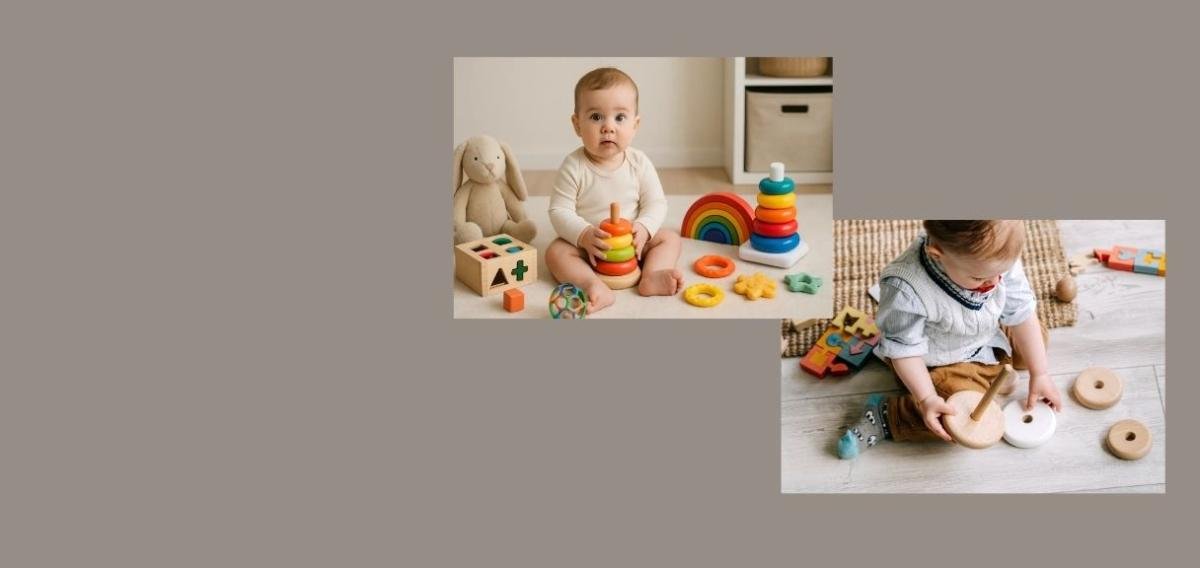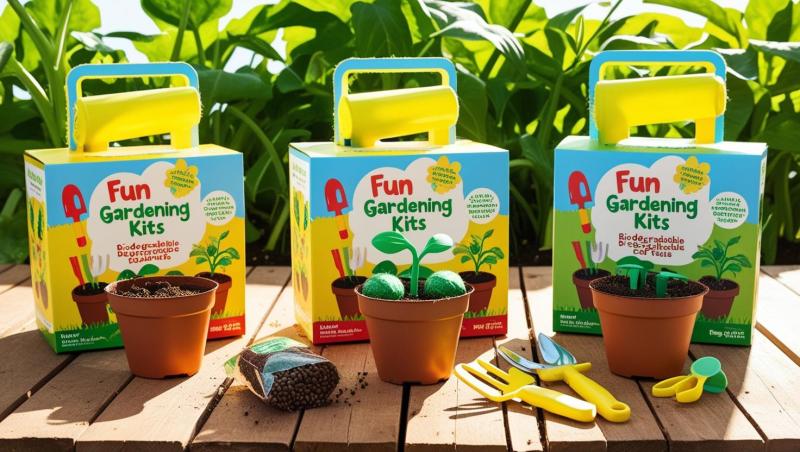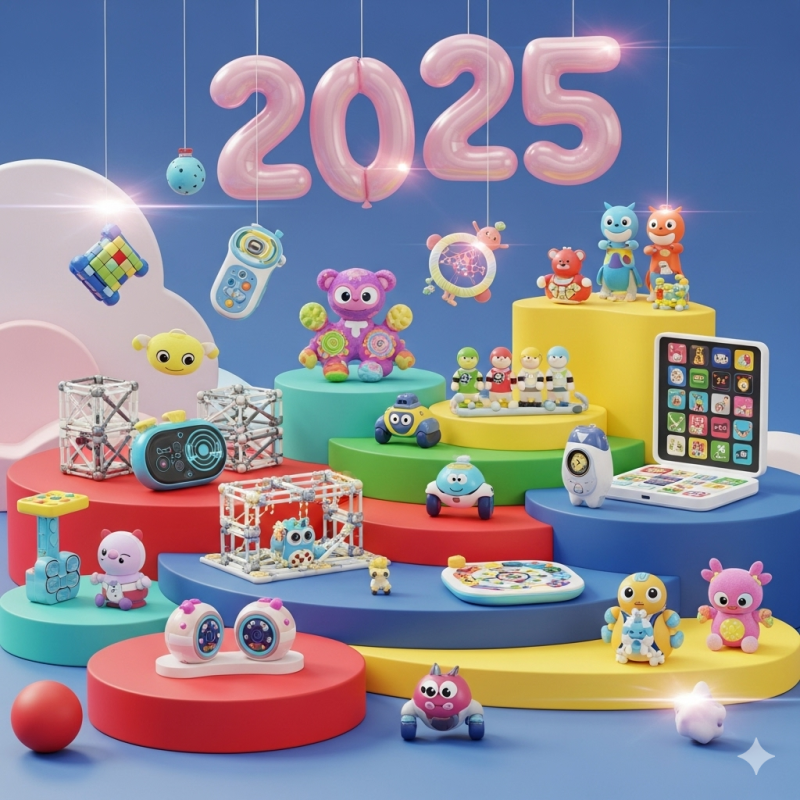Tips on Buying Baby Toys: How to Choose the Best and Safest Toys for Your Little One
Whether you're interested in buying baby toys for your infant or for a young child, choosing the right toys can feel overwhelming given the vast options available on the market. The right toys are more than just objects of fun; they contribute significantly to a child's development, learning, and safety. This article will guide you through expert tips on selecting the best baby toys, including factors like safety, educational value, and suitability for both girls and boys. By understanding these key aspects, parents and caregivers can make informed choices that enrich childhood experiences while ensuring peace of mind.
Why Choosing the Right Baby Toys Matters
Toys play a crucial role in a child's early years, supporting cognitive development, motor skills, creativity, and social interaction. The importance of selecting appropriate toys cannot be overstated—beyond entertainment, well-chosen toys foster discovery, encourage problem-solving, and develop emotional intelligence.
Because babies and young children are naturally curious and often explore objects by putting them in their mouths, safety becomes a top priority in buying baby toys. Parents must choose toys that meet safety standards, are age-appropriate, and free from harmful materials.
Additionally, the market offers a wide array of educational toy options today, designed to promote learning in fun and engaging ways. Balancing educational value with fun and safety can transform playtime into a rich foundation for lifelong skills.

Tip 1: Prioritize Safety and Age Appropriateness
The most critical factor when buying baby toys is ensuring that the toys are safe for your child’s age and development stage. Always check the manufacturer’s recommended age range printed on the packaging. Toys meant for older children may contain small parts or materials that could pose choking hazards for babies.
Look for toys made of non-toxic, BPA-free materials with smooth edges to prevent injuries. Avoid toys with loose or detachable parts that can become choking hazards. For infants, toys should be lightweight, easy to grip, and durable enough to withstand chewing and rough handling.
Certified safety labels from agencies like ASTM International, the Consumer Product Safety Commission (CPSC), or equivalent standards in your country offer additional assurance that toys meet high safety requirements.
Tip 2: Consider Educational Toys to Stimulate Development
When selecting baby toys, it is wise to focus on those with an educational toy aspect to encourage brain development and skill-building. Toys that engage multiple senses—such as those with varied textures, bright colors, sounds, and shapes—are excellent for sensory development in babies.
Examples include stacking blocks to improve hand-eye coordination, shape sorters to teach problem-solving, and musical toys that introduce rhythm and sound recognition. Books with contrasting colors or interactive features also foster early language and cognitive skills.
The best educational toys grow with your child, offering new challenges to keep their interest alive as they reach different developmental milestones.
Tip 3: Choose Toys That Encourage Active and Imaginative Play
Beyond education and safety, toys should inspire active and imaginative play. Toys like soft dolls, animal figures, or toy vehicles can spark creativity, role-playing, and social skills.
For babies and toddlers, toys that encourage crawling, standing, or walking contribute to physical development. Push toys, ride-on toys, and activity gyms motivate movement and coordination, essential for motor skills.
Selecting toys that can be used in multiple ways or combined with others stimulates creativity and keeps children engaged longer.
Tip 4: Tailor Toy Choices for Girls and Boys with Inclusivity in Mind
In shopping for toys for girls and toys for boys, traditional gender stereotypes are gradually fading, allowing children to enjoy a wider range of toys that suit their interests. While some parents look for gender-specific toys, many experts recommend choosing toys based on development needs rather than gender.
For example, rather than limiting girls to dolls or boys to trucks, parents can provide a mix of dolls, building blocks, puzzles, and science kits to foster diverse skills irrespective of gender labels. This inclusive approach promotes well-rounded growth, creativity, and breaks down gender biases from an early age.
Tip 5: Opt for Durable and Easy-to-Clean Toys
Babies can be rough on toys, which is why durability is essential. Choose toys made from sturdy, high-quality materials that can endure frequent use and drops without breaking or becoming unsafe.
Additionally, babies often put toys in their mouths, so toys need to be easy to clean. Plastic, silicone, or hardwood toys that can be wiped down or washed regularly help maintain hygiene and prevent the spread of germs. Avoid toys with fabrics or complex parts that trap dirt and are challenging to sanitize.
Tip 6: Check for Certifications and Read Reviews
To ensure the highest standards, look for products certified by recognized safety and quality organizations. Certifications like ASTM F963 in the US, CE marking in Europe, or other local safety marks provide confidence that the toy conforms to rigorous testing.
Before purchasing, take advantage of customer reviews on reputable reseller websites to gain insights into other parents’ experiences. Informed feedback helps determine if the toy truly meets safety, engagement, and educational expectations.
Tip 7: Avoid Overstimulating Toys
While bright colors, lights, and sounds can be captivating, too much stimulation may overwhelm babies. Avoid toys with excessively loud noises or flashing lights that can cause distress.
Choose toys with gentle sounds and moderate sensory features to provide soothing yet engaging play. Engaging with your baby during playtime also enhances the experience rather than relying solely on the toy’s features.
Tip 8: Consider Multi-Sensory and Interactive Features
Toys that encourage the use of multiple senses—touch, sight, sound, and sometimes smell—help build neural connections and enrich learning. Interactive toys that respond with sounds, movement, or lights when a child touches or manipulates them are particularly effective in keeping babies engaged.
Look for toys that incorporate textures such as soft fabrics, rubbery surfaces, or bumpy shapes, stimulating tactile exploration. Interactive books with flaps or textures introduce curiosity about reading early on.
Tip 9: Factor in Portability and Storage Needs
Parents often appreciate toys that are easy to carry and store efficiently, especially when travelling or moving between rooms. Compact, lightweight toys fit well in diaper bags or strollers for on-the-go entertainment.
Stackable or nestable toys help save space at home, allowing for easy cleanup and organization. Choosing a variety of sizes ensures you can always have a toy suitable for the occasion.
Tip 10: Follow Your Baby’s Interests
Beyond external guidelines, observe your baby’s natural curiosity and preferences. Some babies gravitate toward music, others towards tactile exploration, and some enjoy cause-and-effect toys. Selecting toys aligned with your baby’s interests enhances their engagement and enjoyment.
Additionally, involving your baby in play sessions and switching toys regularly prevents boredom and supports varied development.
Popular Types of Baby Toys to Consider
-
Soft Plush Toys: Safe for cuddling and comfort but ensure they are washable and free of choking hazards.
-
Building Blocks: Encourage spatial awareness, fine motor skills, and creativity.
-
Rattles and Teethers: Help soothe gums while stimulating auditory and tactile senses.
-
Stacking and Sorting Toys: Promote problem-solving and hand-eye coordination.
-
Interactive Books: Foster early literacy and sensory learning.
-
Ride-on Toys and Walkers: Assist physical strength and coordination.
-
Musical Instruments: Develop auditory skills and rhythm recognition.
-
Puzzles and Shape Sorters: Enhance logical thinking and dexterity.
Final Thoughts on Buying Baby Toys
Buying baby toys is a rewarding but important responsibility for parents and caregivers. By prioritizing safe toys that are age-appropriate, educational, and engaging for both boys and girls, you provide your child with tools that enrich their early developmental journey.
Consider how each toy supports sensory, physical, cognitive, and social growth while fitting your family's lifestyle and values. As children develop rapidly, a well-chosen toy collection grows with them, continually offering new challenges and learning opportunities.
Remember that the best toys are those that invite interaction—with the child and their environment—sparking curiosity, creativity, and joy. Thoughtful selection today lays the foundation for confident, happy learners tomorrow.



